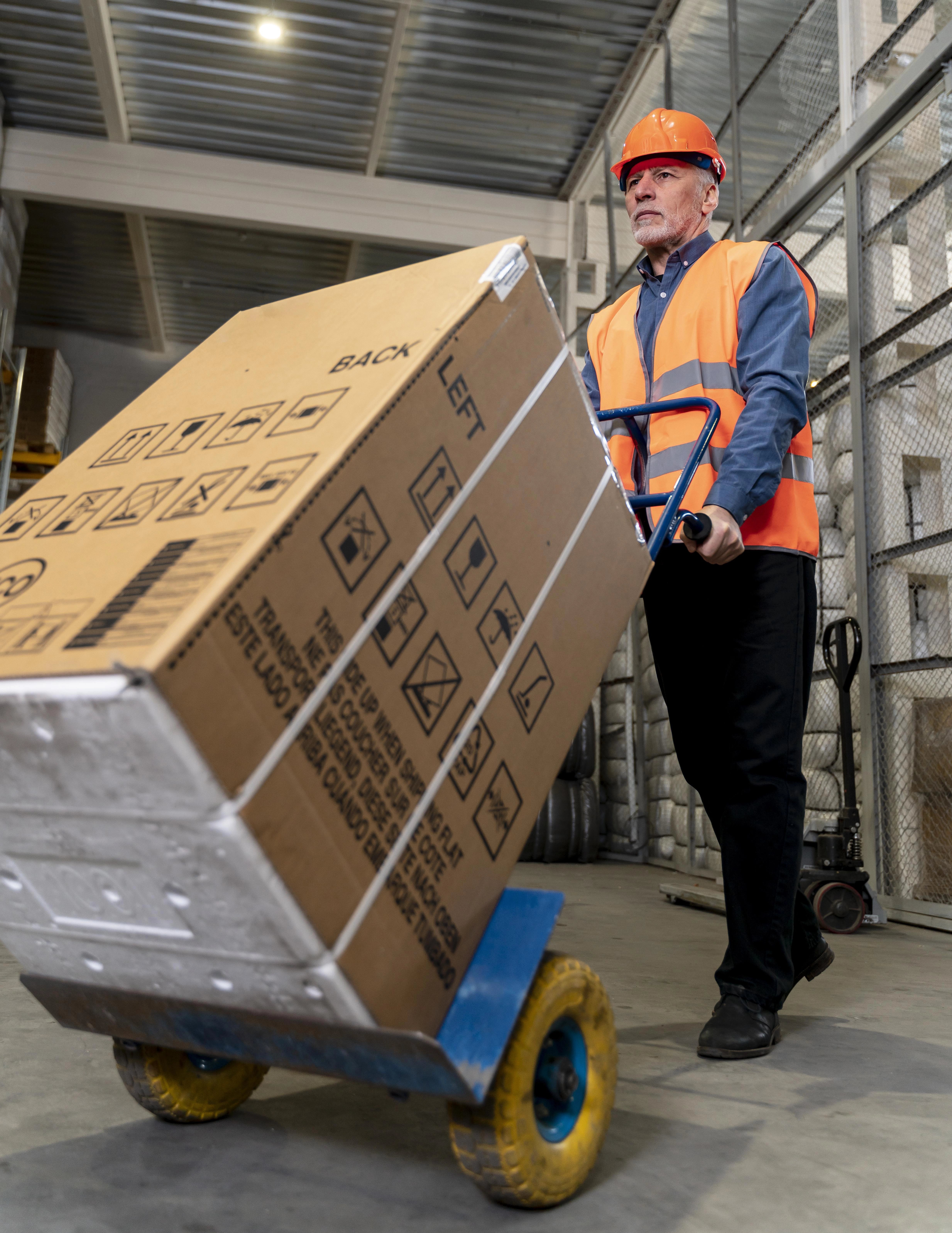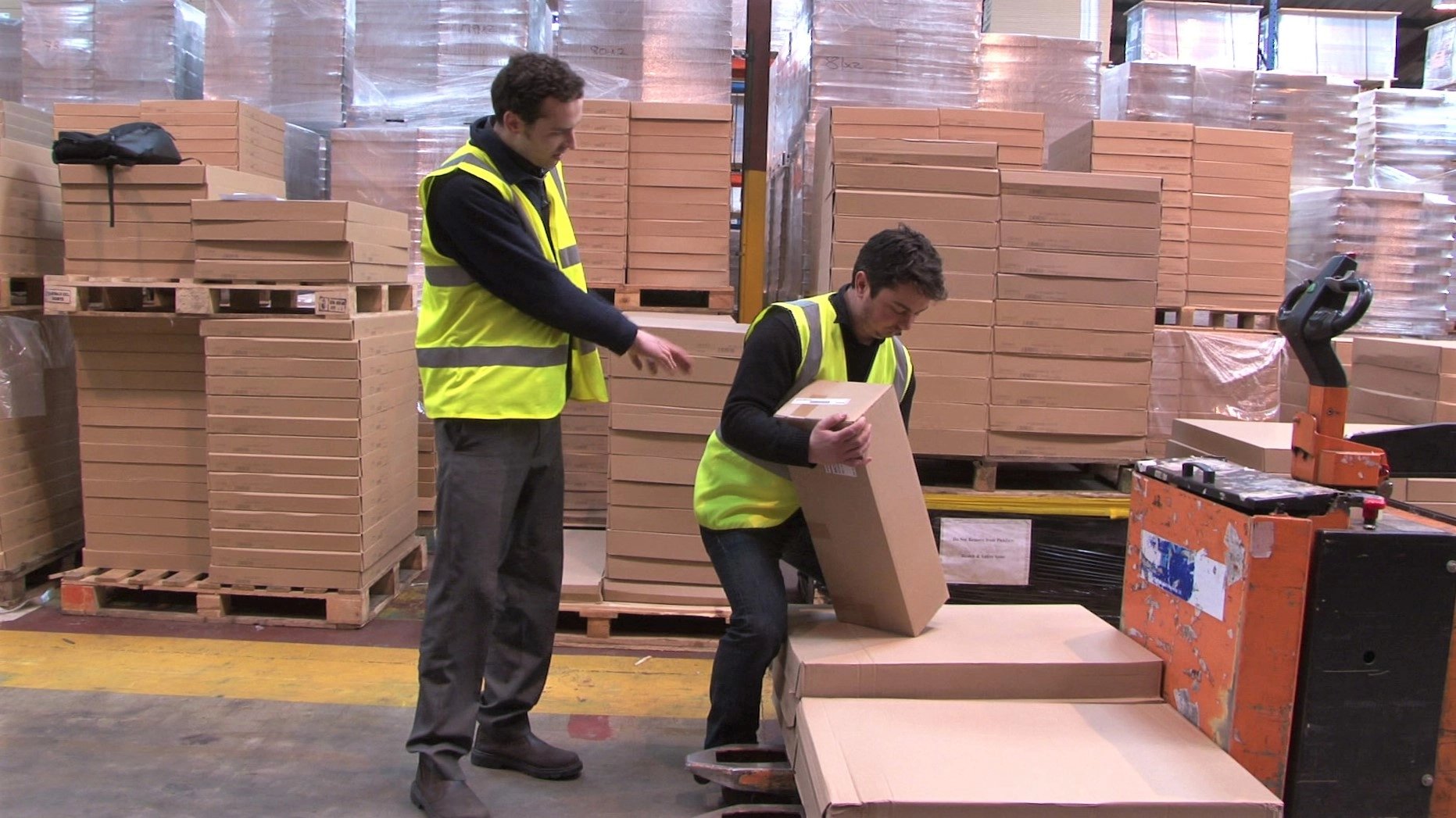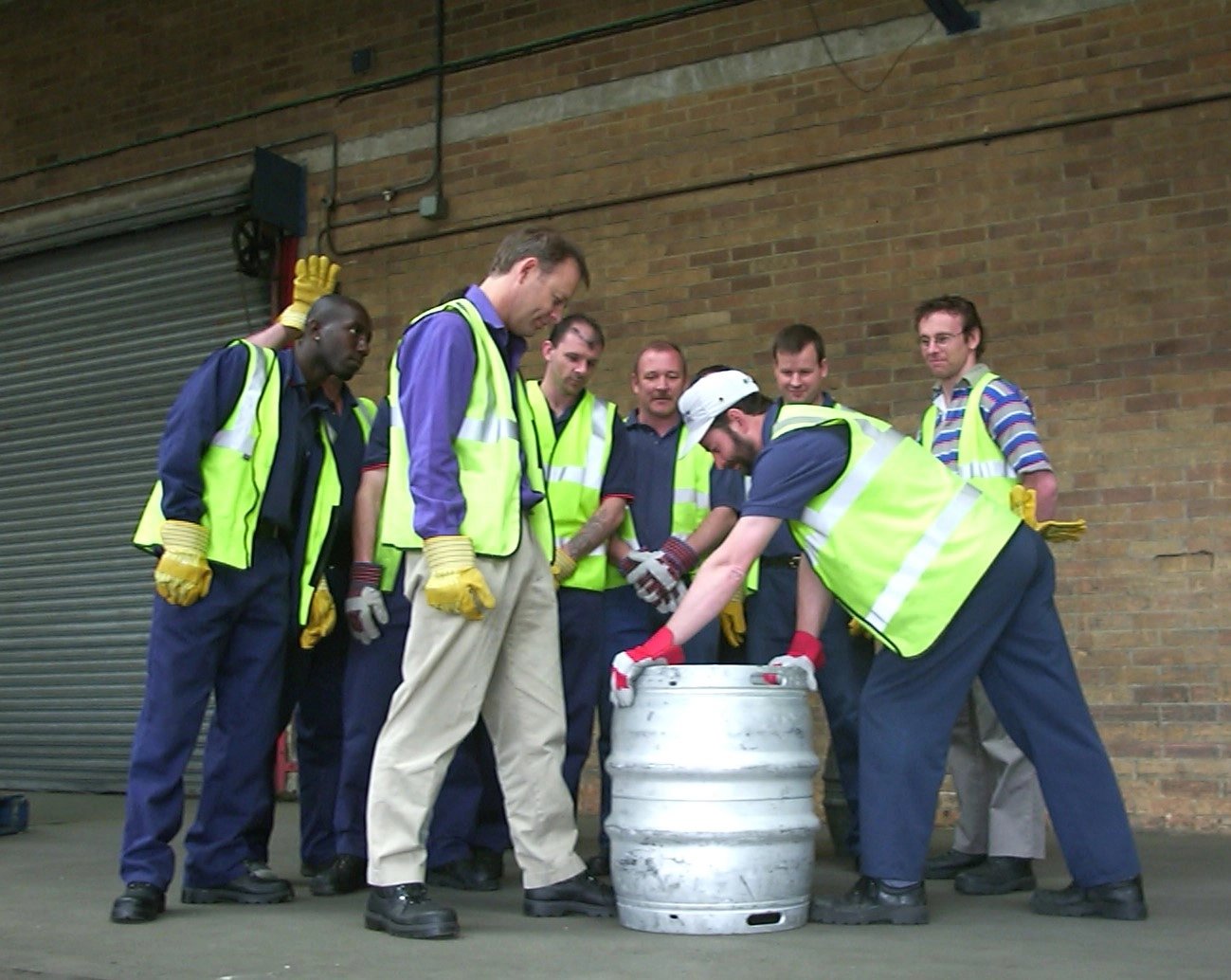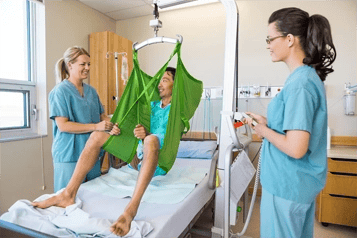
The Real Cost of Manual Handling Injuries – and How the Regulations Affect You
Tailored Training Delivered by Osteopaths and Physiotherapists
What Is Manual Handling?
Manual handling refers to lifting, lowering, carrying, pushing or pulling loads by hand or bodily force. This doesn’t just apply to boxes and equipment—it includes moving people (in healthcare settings), animals, or any item that requires physical effort.
While manual tasks are part of daily work in many industries, incorrect techniques or unmanaged risks are a leading cause of workplace injuries.


The Human and Financial Cost of Manual Handling Injuries
According to the Health and Safety Executive (HSE):
- 543,000 workers in Great Britain suffered from work-related musculoskeletal disorders (MSDs) in 2023/24.
- MSDs made up 32% of all work-related ill health.
- These disorders resulted in 7.8 million lost working days—that’s an average of 14.3 days per case.
- The total economic cost of workplace ill health and injuries in 2022/23 was estimated at £21.6 billion, with £14.5 billion related to work-related ill health alone.
These numbers aren’t just stats—they reflect real businesses, teams, and individuals. An employee with a manual handling injury may struggle with pain, daily activities, and long-term career prospects, while employers face higher costs, reduced productivity, and even potential legal claims.
Source: HSE Annual Statistics (Published November 2024)

What Does the Law Say?

Manual handling is regulated under several key pieces of UK legislation
- The Manual Handling Operations Regulations 1992 (MHOR)
- The Health and Safety at Work etc. Act 1974
- The Management of Health and Safety at Work Regulations 1999

Under these laws, employers must:
- Avoid hazardous manual handling where possible.
- Conduct suitable and sufficient risk assessments.
- Reduce risks to the lowest reasonably practicable level
- Provide relevant information, instruction, and training to employees.

Employees must:
- Take reasonable care of their own and others' health and safety.
- Follow the systems of work put in place.
- Use equipment and lifting aids properly.
- Report hazards or injuries as soon as they arise.

How OFI Helps You Stay Safe and Compliant
At Osteopaths for Industry (OFI), we’ve been helping businesses across the UK manage manual handling risks for over 35 years.
Our approach is proactive, practical, and tailored to real working environments. We support your compliance with MHOR and other workplace health and safety legislation by providing:
We support your compliance with MHOR and other workplace health and safety legislation by providing:
✓ Certified Manual Handling Training
We deliver clinically-led training (in-person or online), taught by qualified osteopaths and physiotherapists—not generic trainers. Your team will learn how to handle loads safely, reduce injury risk, and understand their responsibilities under the law.
✓ People Moving & Handling Courses
Specialist training designed for care, healthcare, and support environments—ensuring compliance when assisting or moving individuals.
✓ Instructor & Refresher Courses
Want to train your own staff internally? Our Train the Trainer courses equip your team to deliver manual handling training in-house, ensuring long-term compliance and culture change.
✓ Ongoing Support
Our support doesn’t stop after training. We offer access to online resources, expert advice, and guidance to help your organisation maintain safe practices and stay up to date with changing regulations.


Practical Tips for Employers
To meet legal duties and reduce the cost of injuries:
- Conduct regular manual handling risk assessments using the TILE method (Task, Individual, Load, Environment).
- Avoid manual handling tasks where possible—use mechanical aids like hoists, pallet trucks, and trolleys.
- Provide task-specific training to all relevant staff.
- Ensure manual handling procedures are clearly communicated and followed.
- Schedule refresher training every 3 years or sooner if there are changes in processes or equipment.
Explore Our Manaul Handling Training Solutions

Manual Handling
Training
Designed to reduce workplace injuries and improve productivity, our manual handling practical skills, risk assessment training and consultancy, helps employees master safe lifting and handling techniques. These sessions are customised to your specific workplace needs and provide practical, immediately applicable skills that help operatives recognise risks, reduce injuries, and work more safely every day.

People Moving
& Handling Training
We provide bespoke people moving and handling practical skills and risk assessment training for your team and specialist consultancy. Our clinically led sessions, delivered by osteopaths, physiotherapists and specialist nurses, focus on real-world challenges faced in hospitals, residential care homes, day centres, emergency services, and beyond.

Specialist Training:
Paediatrics & Bariatrics
In addition to our core people moving & handling and risk assessment training, OFI offers specialist practical skills courses in paediatrics and bariatrics ensuring teams can safely support these clients while reducing injury risks. Our expert-led approach is tailored to your unique demands, equipping staff with the skills and confidence to handle complex moving and handling scenarios safely and effectively.

Manual Handling Risks Are Real—Prevention Starts with Training
Manual handling is part of everyday work—but without the right training and systems, it poses a serious risk. The costs are high, but the good news is: they’re preventable.
OFI is here to help your business stay compliant, safe, and productive—protecting your people and your bottom line.